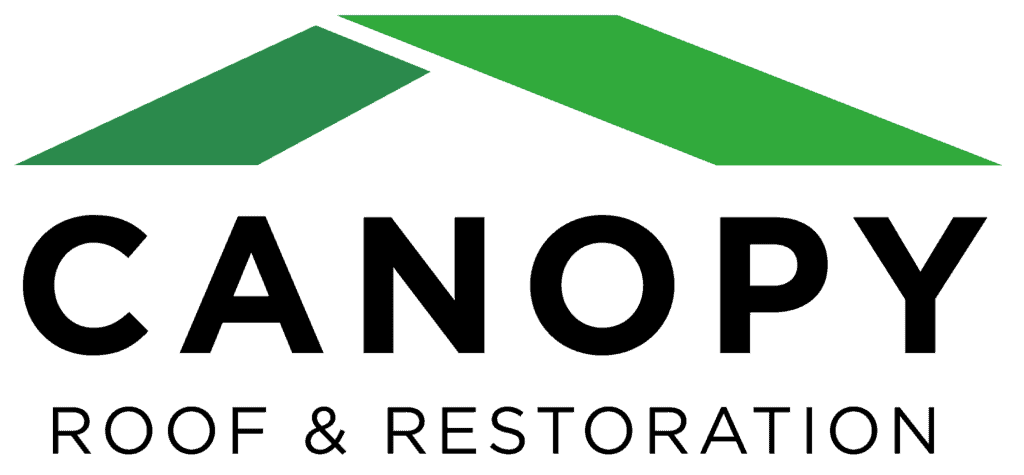It’s not uncommon to find cracks in the ceiling. In point of fact, minor cracking is not only considered normal but also ought to be anticipated, you may not need to call a local roofing contractor if you spot cracks in your ceiling.
Common causes of cracks include the house settling over time and the paint losing its moisture content. Cracks, on the other hand, may be an indication of more serious issues, such as an excess of moisture or structural damage.
How, then, do you determine which cracks can be safely ignored and which ones require immediate attention?
This guide will provide you with more information. It gives an overview of the primary causes of ceiling cracks, what the most common types of ceiling cracks can mean, and which types of ceiling cracks need to be fixed.
The Most Common Causes of Ceiling Cracks
Ceilings frequently crack as a result of moisture or the effects of aging. Issues with the interior structure and construction can occasionally result in cracked ceilings. However, conditions brought on by the weather, such as heavy snowfall, strong winds, or intense rainfall, could be to blame.
Construction flaws galore.
Cracking in the ceiling, whether it be structural or cosmetic, can be caused by improper roofing installation or home construction. Poor drywall installation, for instance, can result in cracks in the ceiling that are purely cosmetic in nature.
Aging of your Home
Paint or plaster that has been allowed to dry out over time can sometimes cause cracks to appear in ceilings. Age-related structural movements are another possible cause of its appearance.
Foundation settling with age
The homes took their final positions. Most of the time, settling happens after a new house is built, but it can also happen with age or because of problems with the soil.
Cracks that are caused by age-related settling are most common in newly built homes and older homes. This is considered to be normal and does not normally cause any problems.
However, after prolonged periods of heavy rainfall or flooding, the soil may become waterlogged, which may cause the foundation to shift and settle more than it would normally. It is also possible for it to shift out of position if the soil becomes excessively dry.
Regular Roof Movement
When the structure of the roof shifts or moves, it can cause cracks to appear. The roof and its trusses, which are the wooden framework that supports it, are susceptible to movement when there are strong winds or when the weather changes. This phenomenon is referred to as truss uplift.
Temperature and humidity changes can cause roofs to shift, and this can be a dangerous situation. That kind of thing rarely causes major problems.
Nevertheless, roof movement in the aftermath of a windstorm is always something that needs to be taken seriously.
Weight Strain from Upper Floors
It is possible for the ceiling above to bow or sag if there is an excessive amount of weight on the roof or floor.
What Does It Mean When the Ceiling Has Cracks Like webs?
The appearance of spiderweb cracking that spreads outward from a central point is an indication that the foundation has settled. While some settling is to be expected in older buildings, excessive building movement can create problems.
Therefore, you should look for warning signs that are associated with settling, such as doors and windows that won’t close properly or floors that slope. In the event that something seems to be wrong, call a roofing inspector.
What Does It Mean When There Are Tiny Cracks in the Ceiling?
Cracking in the ceiling that is fine, hair-thin straight, or spiderweb shaped is typically just the paint or the plaster. Paint and plaster are both susceptible to cracking with age, whether as a result of humidity or normal settling.
In and of itself, this typically isn’t a big deal at all. However, keep a close eye on everything and be on the lookout for warning signs.
Crack That Runs Horizontally Between the Ceiling Wall and the Ceiling
A foundation that has settled over time or trusses that have been lifted by strong winds can both cause horizontal cracks to appear between or along the ceiling and the wall.
Even though these cracks might not be a problem, it’s still smart to get them inspected.
Vertical Cracks from the Ceiling to the Walls
Damage to the structure of your home can be indicated by a crack that runs across the ceiling and down the wall. This is a warning sign that needs to be investigated as soon as possible.
What Does It Mean If the Ceiling of a Flat Roof Has Cracks?
Do you have a roof section or a flat roof? In addition to being more susceptible to water problems, flat roofs are also more easily damaged than pitched roofs.
Even if it doesn’t seem like a big deal, you should check these cracks every time just to be safe.
What Does It Mean If the Ceiling Is Bowing or Sagging and It Has Large Cracks?
A sagging or bowing ceiling is a sign of impending disaster, especially when accompanied by a crack or multiple cracks.
This is a significant issue. It suggests that there is some kind of structural damage that may have already progressed quite far.
Get in touch with a local roofing expert as soon as possible, most roofing contractors offer free roof inspections.
What Does It Mean When the Plaster Ceiling Cracks?
Plaster has a tendency to crack over the course of time. Therefore, cracks in a plaster ceiling are typically not a cause for alarm. If you only notice cracking or flaking, without any discoloration or larger cracks, you may not have anything for which to be concerned if you look closely.
What Does It Mean When the Ceiling Cracks Have a Discolored Yellow or Brown Appearance?
Cracks in the ceiling that are discolored in any way, whether they are yellow, brown, or another color, are indicators of water damage and leaks. Water damage from a leak in your roof needs to be addressed immediately. If you see water marks please call a local roofing contractor to do a roof inspection and make roof repairs or a roof installation.
It is necessary to address both the crack and the leak simultaneously. If there is water damage present, cracks that would not normally be a major concern can become significantly more hazardous. In addition, water seepage is always a threat to the structural soundness of your home.
It is possible that the leak originates from the plumbing, a defective roof, or some other source.
What Specific Types of Cracks in the Ceiling Need to Be Fixed?
Cracks in the ceiling require immediate attention in the event that there is structural damage, a loss of building integrity, leaks, excessive moisture, or problems with the roofing. The following are some indicators that there may be a problem.
The ceiling cracks as a result of:
- Intense snowfall
- Heavily Raining Today
- Flooding
- Earthquakes
- Droughts
Warning signs that shouldn’t be ignored:
- cracks in the ceiling, along with sagging and discoloration.
- Doors or Windows That Do Not Open or Close
- Sloping Floors
- Long-term fissures running down the wall
Does the ceiling of your home have cracks, as well as sagging, discoloration, or accompanying cracks that run down the wall? When you try to open any of the doors or windows, do any of them stick or are they difficult to close?
Those are some major warning signs! Make sure that your ceiling and attic are in good condition by having a qualified roofing professional inspect them.
Problems with the ceiling should not be treated flippantly. Don’t hesitate to get in touch with us here at Canopy Roof and Restoration if you have any questions or are in need of emergency inspections.
The knowledgeable members of our professional team are experienced in inspecting, installing, repairing, and restoring roofs for commercial and residential properties alike. Please get in touch with us, and we will have a senior member of our team perform an in-depth analysis for you.
You aren’t sure if this is a big deal, are you? Get in touch with us in any case. It is much better to err on the side of caution than regret, and it is always a good idea to have a professional determine whether or not a crack in the ceiling is serious.





